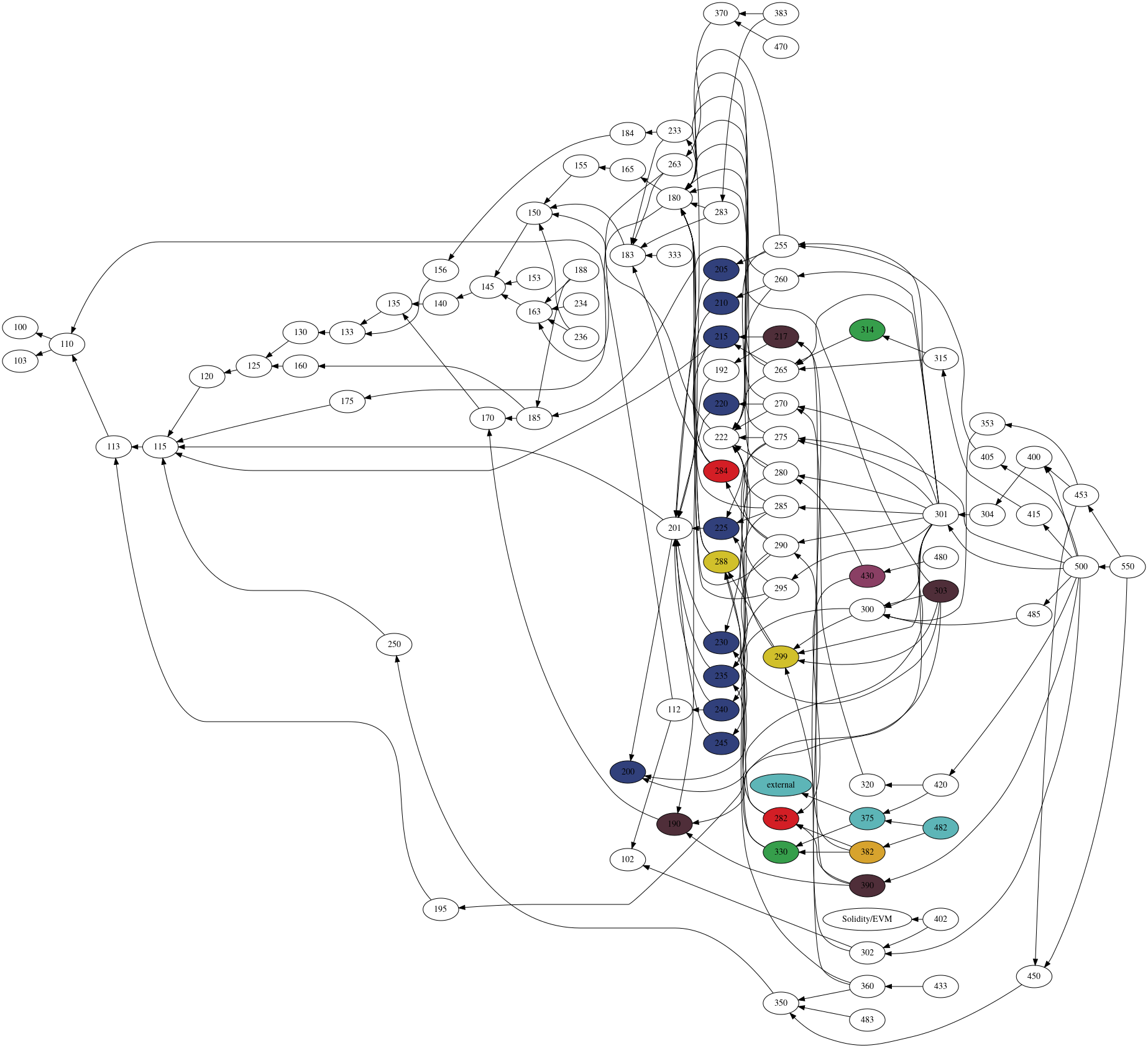App School Live teaches developers how to build applications using Urbit, including CLI and front-end agents.
Cohorts will run aiming for three cohorts per year.
There will be an accelerated workshop-based version for use at conferences.
bridge0. Upgrading Urbit Development (optional; not live)lesson1. A Simple Agentlesson2. Agents (Subscriptions etc.)lesson3. Better Coreslesson4. Passing Data (JSON+API)lesson5. React Front-Endlesson6. Arvo Serviceslesson7. Threadslesson8. Production Apps
Instructor + 1–2 teaching assistant(s)
Lots of short recorded videos
One livestream weekly for Q&A+HW solution
One homework per lesson
After the bridge lesson, you should be able to:
- Have access to Hoon syntax highlighting in your editor.
- Use the Urbit Language Server Protocol plugin.
After Lesson 1, you should be able to:
- Produce a minimalist Gall agent.
- Employ the
default-agentlibrary. - Employ the
%dbugagent wrapper. - Define entropy and its source.
- Utilize
enyin a random number generator (og). - Distinguish insecure hashing (
mug) from secure hashing (shaxand friends).
After Lesson 2, you should be able to:
- Produce an advanced Gall agent without a front-end interface.
- Explain how subscriptions work and use them.
After Lesson 3, you should be able to:
- Distinguish dry and wet gates.
- Describe use cases for wet gates (using genericity).
- Enumerate and distinguish use cases for dry cores (using variance):
-
- Covariant (
%zinc)
- Covariant (
-
- Contravariant (
%iron)
- Contravariant (
-
- Bivariant (
%lead)
- Bivariant (
-
- Invariant (
%gold)
- Invariant (
You will know the runes:
|*|@^|^&^?|~|?
After Lesson 4, you should be able to:
- Diagram how marks convert nouns.
- Explain the use of the
++grab,++grow, and++gradarms. - Produce a simple mark.
- Parse JSON input.
- Construct a JSON reparser.
- Convert JSON to other formats with a mark.
- Retrieve particular values from a JSON input.
You will know the runes:
/*;;
After Lesson 5, you should be able to:
- Interact with Urbit using Airlock, by language.
- Produce an advanced agent with a front-end interface.
- Explain the role of a %glob and produce one.
After Lesson 6, you should be able to:
- Explain Arvo as a state machine and event log.
- Explain Kelvin versioning and identify the system components that require this approach.
- Explain the services Ames provides to the system.
- Diagram the architecture of Ames as a network.
- Explain the services Behn provides to the system.
- Explain the services Clay provides to the system.
- Identify key Clay artifacts: desks, marks, etc.
- Explain the services Dill provides to the system.
- Explain the services Eyre provides to the system.
- Explain the services Gall provides to the system.
- Explain the services Iris provides to the system.
- Explain the services Jael provides to the system.
- Enumerate the secrets Jael tracks.
- Explain the services Khan provides to the system.
You will know the runes:
/?!?
After Lesson 7, you should be able to:
- Use Spider to dispatch and manage threads.
After Lesson 8, you should be able to:
- Run existing unit tests.
- Produce a unit test.
- Enumerate and identify advanced error messages (
mull-grow, etc.). - Produce a desk suitable for distribution (with a docket file).
- Install and distribute software.
- Explain elements of a docket file.
- Set up a continuous integration pipeline to test Gall agents and other published code.
